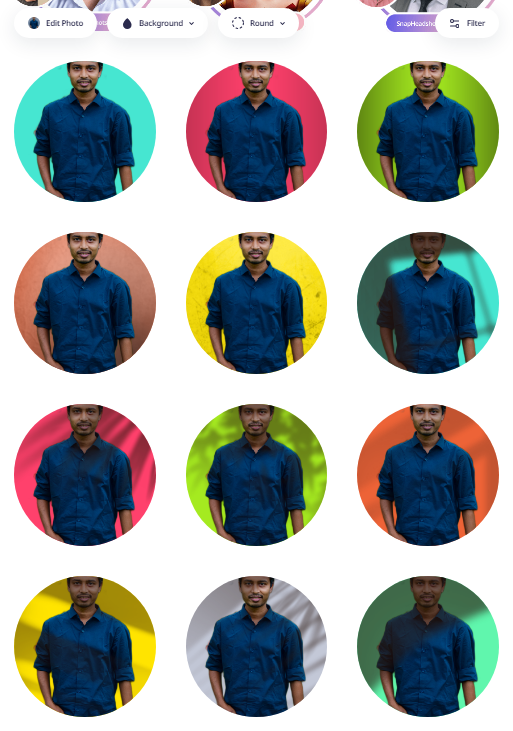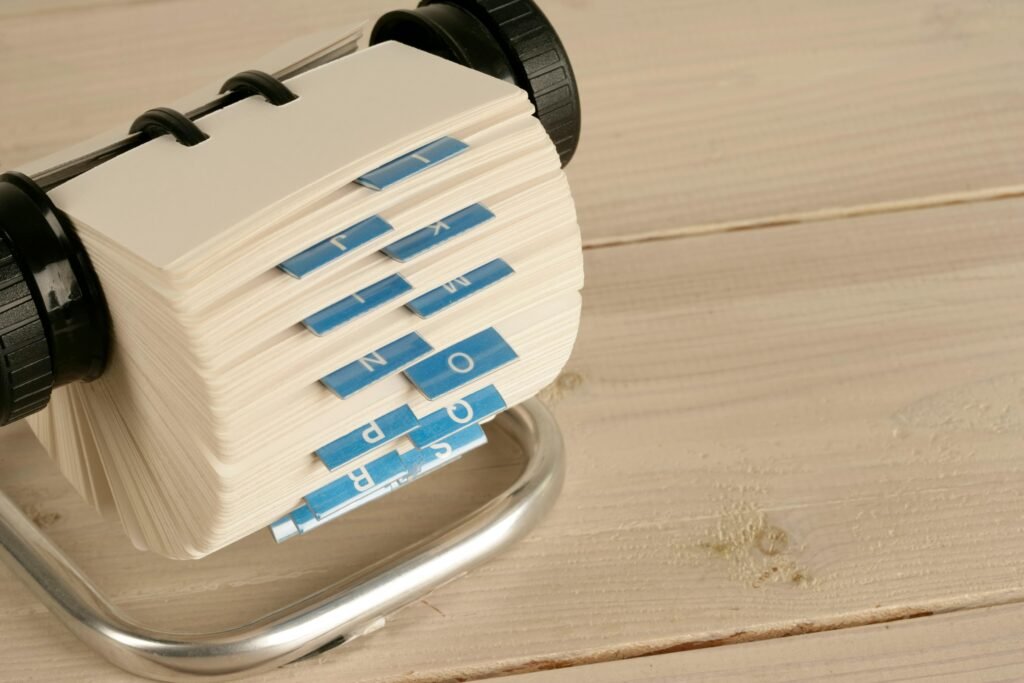In the early 20th century, the Bauhaus art and design movement redefined the way we perceive colour in branding and design. Pioneered by visionaries like Johannes Itten (who developed the preliminary colour course), Wassily Kandinsky and Paul Klee, etc., the movement embraced the psychology of colour, understanding how different hues evoke specific emotions and influence behaviour. Bauhaus artists believed that color was more than decoration—it was a tool to communicate identity, values, and purpose.
This revolutionary approach to colour still shapes modern branding, proving that the right palette can do more than catch the eye—it can tell a story.
Just as the Bauhaus pioneers used colour to craft impactful designs, you can use colour psychology to shape your personal brand. Choosing the right colour isn’t just an aesthetic decision; it’s a strategic one. By understanding the emotions and associations tied to different colours, you can ensure your brand resonates deeply with your audience.
Let’s talk about Colour Psychology first:
White
Significance: Purity, Cleanliness, and Simplicity
Example: Apple, Dove
Black
Significance: Sophisticated, Luxurious, and Powerful
Example: Chanel, Nike, Blackberry
Blue
Significance: Trust, Peace, Security, and Reliability
Example: Facebook, Ford, PayPal
Yellow
Significance: Optimistic, Cheerful, and Creative
Example: McDonalds, Ikea, Snapchat
Green
Significance: Nature, Growth, Harmony, and Health
Example: Starbucks, Spotify, Animal Planet
Red
Significance: Passion, Excitement, and Energy
Example: Coca-Cola, Ferrari, Redbull
Purple
Significance: Royalty, Creativity, Wisdom, and Luxury
Example: Hallmark, Crown Royal, Cadbury
Pink
Significance: Femininity, Playfulness, Calming, and Compassion
Example: Barbie, Lyft, Cosmopolitan
Orange
Significance: Energetic, Enthusiastic, and Friendliness
Example: Fanta, Nickelodeon, Home Depot
Answer these questions to determine your ideal brand colour.
Question 1: What emotions do you want your brand to evoke?
- Option 1: Trust and reliability (e.g., blue)
- Option 2: Energy and excitement (e.g., red)
- Option 3: Calmness and tranquillity (e.g., green)
- Option 4: Creativity and inspiration (e.g., purple)
- Option 5: Sophistication and elegance (e.g., black)
- Option 6: Optimism and warmth (e.g., yellow)
- Option 7: Passion and intensity (e.g., orange)
Question 2: Which industry does your brand primarily operate in?
- Option 1: Technology (e.g., blue)
- Option 2: Food and Beverage (e.g., red)
- Option 3: Health and Wellness (e.g., green)
- Option 4: Creative Arts (e.g., purple)
- Option 5: Luxury Goods (e.g., black)
- Option 6: Hospitality (e.g., yellow)
- Option 7: Fashion and Apparel (e.g., pink)
- Option 8: Finance and Banking (e.g., navy)
Question 3: What is your target audience demographic?
- Option 1: Professional and corporate (e.g., blue)
- Option 2: Youthful and adventurous (e.g., red)
- Option 3: Environmentally conscious (e.g., green)
- Option 4: Artistic and imaginative (e.g., purple)
- Option 5: High-end and exclusive (e.g., black)
- Option 6: Family-oriented and friendly (e.g., yellow)
Question 4: What values does your brand prioritize?
- Option 1: Dependability and stability (e.g., blue)
- Option 2: Boldness and action (e.g., red)
- Option 3: Sustainability and nature (e.g., green)
- Option 4: Innovation and uniqueness (e.g., purple)
- Option 5: Luxury and prestige (e.g., black)
- Option 6: Happiness and positivity (e.g., yellow)
Question 5: What is the main message you want your brand to convey?
- Option 1: Trustworthiness and professionalism (e.g., blue)
- Option 2: Passion and intensity (e.g., red)
- Option 3: Harmony with nature (e.g., green)
- Option 4: Imagination and creativity (e.g., purple)
- Option 5: Exclusivity and sophistication (e.g., black)
- Option 6: Cheerfulness and friendliness (e.g., yellow)
- Option 7: Innovation and modernity (e.g., teal)
Question 6: What are your competitors’ brand colours? (List at least 10 competitors)
- Option 1: Mostly blue
- Option 2: Mostly red
- Option 3: Mostly green
- Option 4: Mostly purple
- Option 5: Mostly black
- Option 6: Mostly yellow
Question 7: What colour (s) do you personally resonate with?
- Option 1: Blue
- Option 2: Red
- Option 3: Green
- Option 4: Purple
- Option 5: Black
- Option 6: Yellow
Question 8: What is the primary goal of your brand’s visual identity?
- Option 1: To establish credibility and authority
- Option 2: To grab attention and stand out
- Option 3: To promote a sense of well-being and balance
- Option 4: To ignite creativity and inspiration
- Option 5: To exude luxury and exclusivity
- Option 6: To radiate warmth and positivity
- Option 7: To foster community and inclusivity
- Option 8: To convey innovation and forward-thinking
Question 9: What geographic regions does your brand primarily target?
- Option 1: North America
- Option 2: Europe
- Option 3: Asia
- Option 4: Australia
- Option 5: South America
- Option 6: Africa
Question 10: What is the long-term vision for your brand?
- Option 1: To become a market leader in the industry
- Option 2: To disrupt the market and challenge norms
- Option 3: To promote sustainability and environmental responsibility
- Option 4: To inspire and influence through creativity and innovation
- Option 5: To set new standards for luxury and elegance
- Option 6: To spread joy and positivity globally
Okay, how do you filter and determine the brand colour after this step?
The colour option that appears most frequently can be considered their suggested brand colour. Here’s a step-by-step guide on how to filter and determine the brand colour:
- Collect Responses: Gather all the responses to each question.
- Tally Responses: Count how many times each colour option appears across all your selections.
- Calculate Frequency: Determine which colour option appears most frequently in your selection. This colour will be your suggested brand colour.
- Consider Additional Factors: While the most frequently chosen colour is the primary suggestion, it’s essential to consider any patterns or insights that emerge from your selections.
For example, if there are ties between multiple colour options, you might consider your industry, target audience, or long-term vision to break the tie.
Following these steps, you can filter and determine the most suitable brand colour.
Now, let’s create a colour palette.
Creating a colour palette based on a chosen colour like Green (#08b408) involves selecting complementary, analogous, or contrasting colours that work well together. Here’s how you can create a colour palette from your chosen green:
- Analogous Colors: Analogous colours are those that sit next to each other on the colour wheel, creating a harmonious palette.
- Select two or three shades of green that are adjacent to #08b408 on the colour wheel. These could be slightly lighter or darker variations of green, such as #00b300 and #00cc00.
- Complementary Colors: Complementary colours are opposite each other on the colour wheel, creating a high-contrast palette.
- Choose the colour directly opposite green on the colour wheel, which is a shade of red. For example, you might select a deep red like #b40808 to complement your green base colour.
- Split-Complementary Colors: Split-complementary colours use a base colour and the two colours adjacent to its complementary colour.
- Select a shade of red-orange (#b43508) and a shade of red-violet (#b4086b) to pair with your green base colour.
- Triadic Colors: Triadic colour schemes use three colours that are evenly spaced around the colour wheel.
- Choose two additional colours that are equidistant from each other and from green on the colour wheel.
For example, you could select shades of blue (#0848b4) and orange (#b47d08) to complement your green.
- Monochromatic Colors: Monochromatic colour schemes use variations in the lightness and saturation of a single colour.
- Select lighter and darker shades of green, as well as desaturated tones. For example, you could use #33cc33 and #005c00 alongside your base green (#08b408).
Two tools I would recommend:
💡Tips:
- Choose colours, thinking about your target audience and the emotions you want to evoke in them.
- Ensure that there is sufficient contrast between text and background colours to ensure readability.
- Avoid using colours that are too bright or saturated, as they can be overwhelming or distracting. Opt for hues that are pleasing to the eye and provide a good balance of brightness and saturation.
- Use lighter or darker shades of your chosen colours to create hierarchy and visual interest in your design.
- Use neutral colours such as white, black, or grey as accents or background colours to balance and complement your primary colours.
Once you’ve identified your ideal brand colour and crafted a complementary palette, you’re not just creating a visual identity—you’re building an emotional connection with your audience. The colours you choose will set the tone for how your brand is perceived and remembered.
With the right strategy, your brand’s colours can become as iconic as the logos of Apple, Coca-Cola, or Spotify. So, take the time to choose wisely because every hue has the potential to tell your brand’s unique story.




